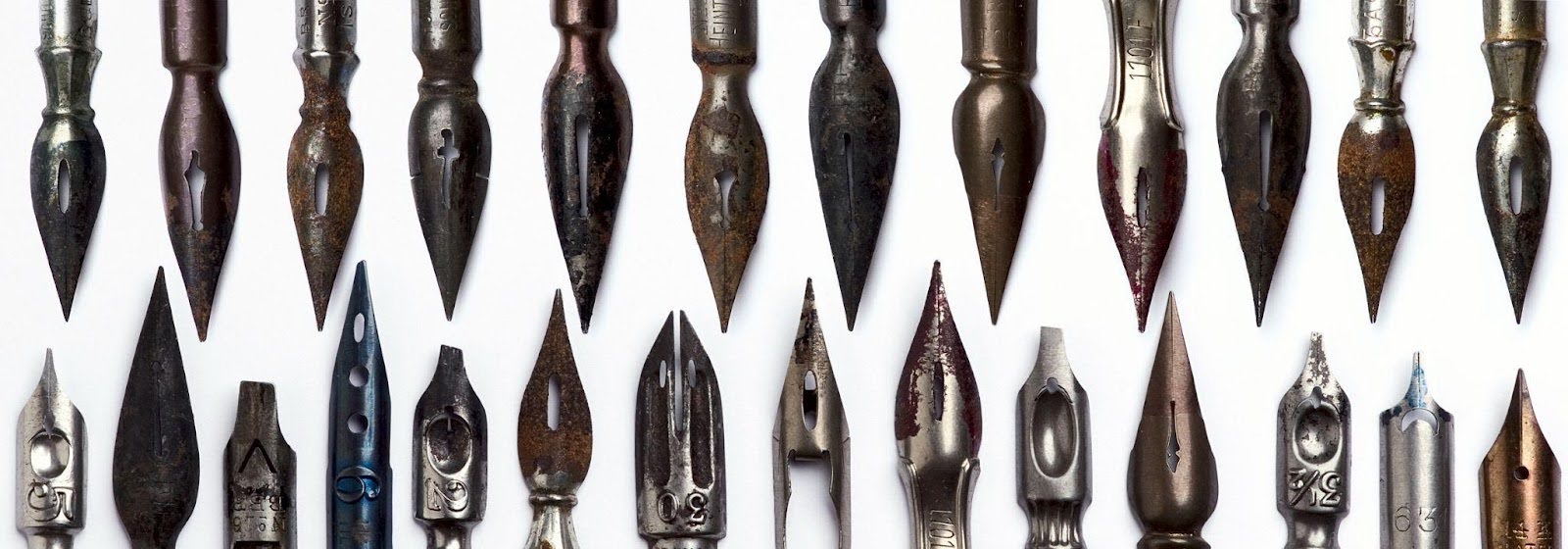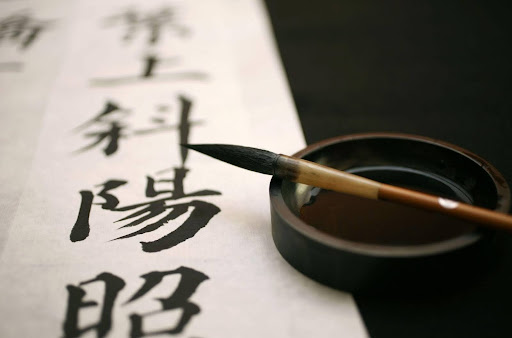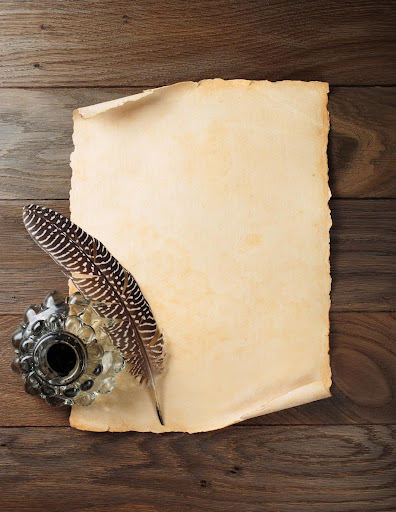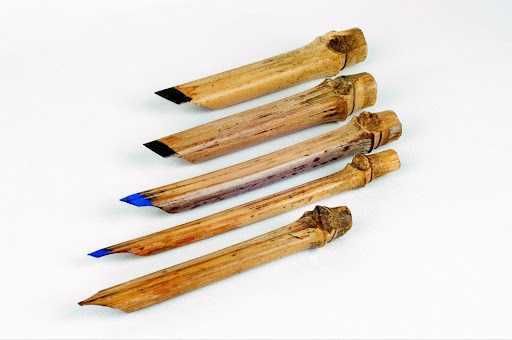
From Monks to Maharajas- The journey of Manuscript Gilding to Tanjore Painting

Manuscript gilding and Tanjore painting are two art forms that have been around for centuries. While they share some similarities, they also have distinct differences. Today, let’s explore the history of these two art forms, the materials used in the past and present, and how they compare and contrast.
Manuscript gilding is a technique that involves applying gold leaf to the pages of a manuscript to create decorative elements such as borders, initials, and illustrations. This technique was used extensively in Europe during the Middle Ages and Renaissance periods, and also in Asia, particularly in Buddhist and Islamic manuscripts. The gold leaf was applied using a special adhesive made from egg whites, which was then burnished to create a smooth and shiny surface.
Source: Wikipedia (The 63rd page of the Book of Hours (Use of Utrecht), circa 1460–1465, ink, tempera, and gold on vellum, binding: brown Morocco over original wooden boards, overall: 5.9 x 11.6 cm, Cleveland Museum of Art (Cleveland, Ohio, USA)

Tanjore painting, on the other hand, is a traditional form of Indian painting that originated in the town of Thanjavur (Tanjore) in Tamil Nadu. This art form involves painting on a wooden panel referred to as “Palagai Padam” (“palagai” – wooden plank ; “padam” -picture) with natural pigments and applying gold leaf to create ornate designs and embellishments. Tanjore paintings are known for their rich colors, intricate details, and three-dimensional effect.
While both of these art forms involve the use of gold leaf, there are several differences between them. Manuscript gilding is typically done on Vellum or parchment while Tanjore painting is done on a wooden panel.

Manuscript gilding is often used to decorate the margins and borders of a manuscript, while Tanjore painting typically involves the depiction of deities or scenes from Hindu mythology.
The materials used in both Manuscript gilding and Tanjore painting have evolved over time. In the past, gold leaf was made by hammering thin sheets of gold with a special tool called a gilder’s tip. The gold leaf was then cut into small squares and applied to the surface using an adhesive made from egg whites. Today, gold leaf is produced using machines and is available in a variety of sizes and thicknesses.
Similarly, the pigments used in Tanjore painting were traditionally made from natural materials such as crushed gemstones, minerals, and vegetable dyes. Today, artists use a combination of natural and synthetic pigments to achieve the desired colors. The adhesive used to apply the gold leaf has also evolved, with artists now using a special glue made from resin and oil.
One of the earliest known examples of manuscript gilding is the Book of Kells, which is a Gospel book that was created by Irish monks in the late 8th or early 9th century. The Book of Kells is renowned for its intricate designs, colorful illustrations, and the use of gold leaf in its decoration. The monks used gold leaf to create intricate patterns and borders around the text, as well as to highlight certain illustrations.

The exact origins of Tanjore painting are not well-documented, however, it is believed that Tanjore painting originated in the Tanjore region of Tamil Nadu, India, in the 16th century.
The artists were originally known to be from the “Rayalseema” region of Andhra Pradesh, who moved to Tamil Nadu in the wake of the fall of the Vijayanagar empire and the establishment of Nayak rule in Madurai and Thanjavur. The art was considered a sacred task and hence a certain ritual purity and humility was maintained.The beauty of it also remains in the fact that many of these artists chose to remain anonymous and never signed their paintings.
During this period, the Nayakas of Thanjavur (Tanjore) encouraged the development of art and architecture in their kingdom, which led to the emergence of Tanjore painting as a popular art form. The earliest known Tanjore paintings were created during this period, and were mainly commissioned by the royal court and wealthy patrons.
The earliest surviving Tanjore painting is believed to be a portrait of the Hindu god Vishnu, which was created in the 17th century. This painting is currently housed in the Government Museum, Chennai, India. The painting features intricate details, bright colors, and the use of gold leaf and precious stones to create a three-dimensional effect.
While both manuscript gilding and Tanjore painting are two distinct art forms that share a common element of gold leaf. While manuscript gilding is typically done on paper or parchment and used to decorate manuscripts, Tanjore painting involves the use of natural pigments and gold leaf on wooden panels to create intricate depictions of Hindu deities and mythology. The materials and methods used in these art forms have evolved over time, but the beauty and intricacy of these traditional art forms remain unchanged.




